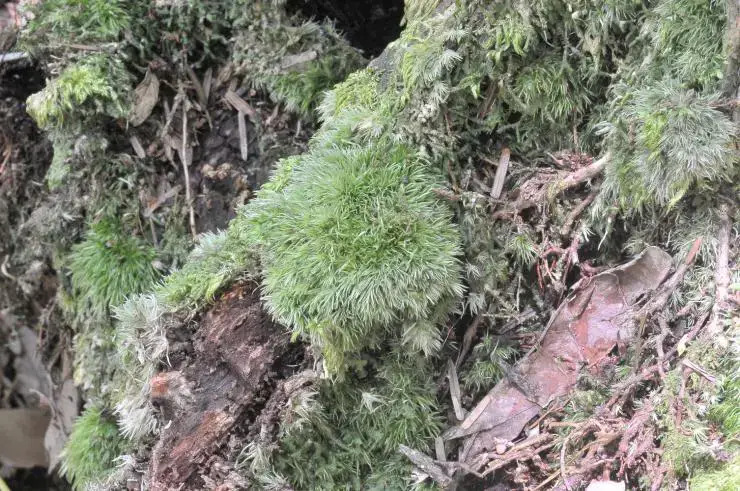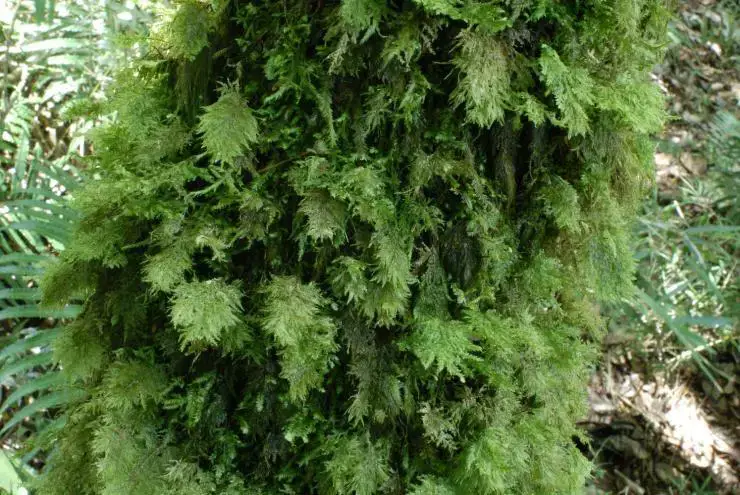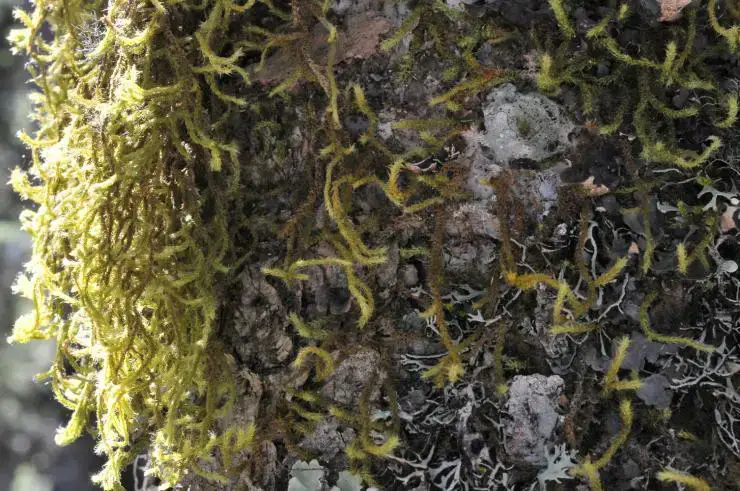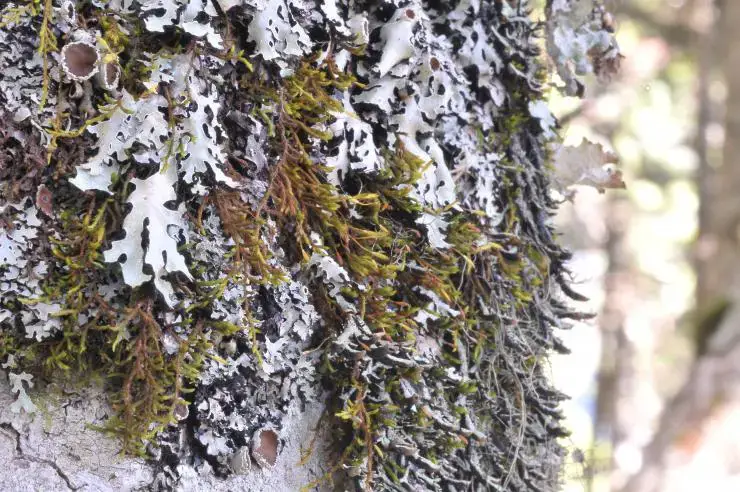
7037e79d418c961c5141889e083833ce.jpg from: https://taieol.tw/muse/digi_object/2355523fe7d6b11d4b7a8ac495911fd7
Introduction
In the vast and captivating world of bryophytes, one moss species stands out as a true marvel: Porothamnium panduraefolium (Müll.Hal.) M.Fleisch., commonly known as Porothamnium. This unassuming yet fascinating plant belongs to the

5622e6df2ce9f1051a576c6c516b9db2.jpg from: https://taieol.tw/muse/digi_object/d3c69fc27fdd03291ec8fc9aa7341fc5
Neckeraceae family and has captured the hearts of moss enthusiasts worldwide.

00ae422930c03355c1279e7d3670b688.jpg from: https://taieol.tw/muse/digi_object/5c288503a07b98ea98b8f1ea8f885b55
Background
Before delving into the intricacies of Porothamnium panduraefolium, it’s essential to understand the broader context of bryophytes. These non-vascular plants, which include mosses, liverworts, and hornworts, are often overlooked but play a crucial role in various ecosystems. They are among the oldest land plants on Earth, with a rich evolutionary history dating back millions of years.
Main Content
Morphology and Identification
Porothamnium panduraefolium is a pleurocarpous moss, meaning its stems grow horizontally along the substrate. Its delicate fronds are a vibrant green hue, forming dense mats or cushions. The leaves are panduriform (violin-shaped), a distinctive feature that sets this species apart. When viewed under a microscope, the leaf cells reveal intricate patterns and structures that aid in identification.
Global Distribution and Habitat
This remarkable moss has a widespread distribution, thriving in various regions across the globe. It can be found in temperate and tropical areas, often inhabiting moist and shaded environments such as forests, stream banks, and rocky outcrops.

5856d54f21c593d9017a4c708465902e.jpg from: https://openmuseum.tw/muse/digi_object/944be5363af1050246cc941b5ca41998
Porothamnium panduraefolium is particularly fond of calcareous substrates, where it can form lush carpets.
Ecological Roles and Adaptations
Despite its diminutive size, Porothamnium panduraefolium plays a vital role in its ecosystem. It acts as a sponge, absorbing and retaining moisture, creating a microhabitat for other organisms. Additionally, this moss contributes to soil formation and nutrient cycling, making it an essential component of healthy ecosystems.
One of the remarkable adaptations of Porothamnium panduraefolium is its ability to withstand desiccation. During dry periods, the moss can enter a state of dormancy, only to revive and resume growth when moisture returns. This resilience allows it to thrive in environments with fluctuating water availability.
Case Studies/Examples
In the Pacific Northwest region of North America, Porothamnium panduraefolium is a common sight in old-growth forests, where it carpets the ground and tree trunks, creating a lush and verdant atmosphere. In Europe, this moss is often found in limestone areas, such as the Dolomites in Italy, where it adds a touch of vibrant green to the rocky landscapes.
Technical Table
| Characteristic | Description |
|---|---|
| Phylum | Bryophyta |
| Class | Bryopsida |
| Order | Hookeriales |
| Family | Neckeraceae |
| Genus | Porothamnium |
| Species | P. panduraefolium |
| Common Name | Porothamnium Moss |
| Growth Form | Pleurocarpous |
| Leaf Shape | Panduriform (violin-shaped) |
| Habitat | Moist, shaded environments |
| Substrate | Often calcareous |
Conclusion
Porothamnium panduraefolium is a true gem in the world of bryophytes, captivating moss enthusiasts with its unique morphology, ecological significance, and resilience. As you explore the fascinating realm of mosses, take a moment to appreciate the intricate beauty and adaptations of this unassuming yet remarkable species. Who knows what other wonders await discovery in the intricate tapestry of nature’s smallest inhabitants?